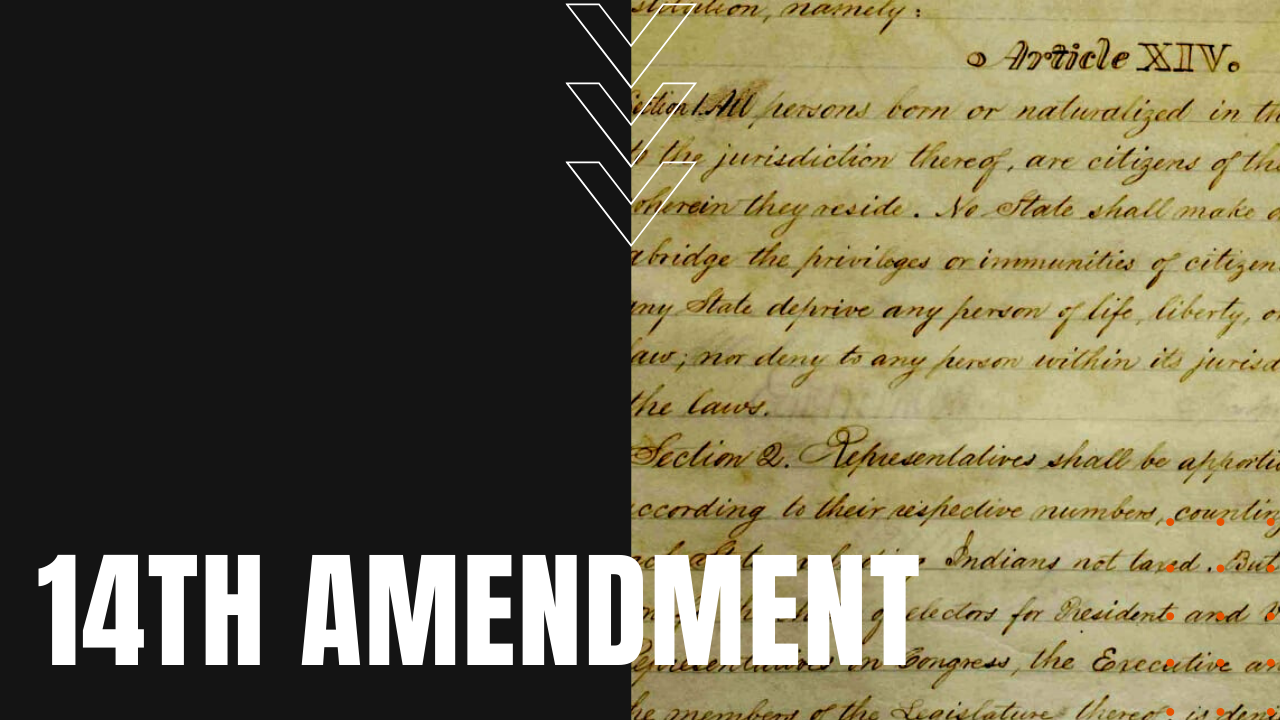What is the 14th Amendment? (Simplified)

Outraged by the leniency President Andrew Johnson granted the Confederate States during Reconstruction, northern Republicans began work on the 14th Amendment in response to the segregationist black codes enacted by former slaveholding southern states.
While the 13th Amendment to the U.S. Constitution abolished slavery—at the same time protecting the rights of black Americans—the 14th Amendment would further define the legal definitions of equality under federal law.
Section One of the 14th Amendment
In response to the Supreme Court’s notorious 1857 Dred Scott decision, which claimed that a black man, even if born free, could not claim rights of citizenship under the federal constitution, Section One of the 14th Amendment greatly expanded the civil and legal rights of all Americans by protecting them from state-imposed infringements such as the black codes of the South.
Section Two
Section Two repealed the three-fifths clause from the original, unamended Constitution, which stated that a slave counted as three-fifths of a person in terms of counting the population for congressional representation. Clause Three of Section Two forbade state governments from racial discrimination without the due process of law, which would later play a key role in many benchmark civil rights cases.
Section Three
In Section Three of the 14th Amendment, Congress now had the authority to bar public officials from office, if they engaged in insurrection or rebellion, which effectively barred former leaders of the Confederacy from regaining power within the U.S. government after securing a presidential pardon. Section Four abolished payment of any debt owed to the now-defunct Confederate States, while banning any payments to former slaveholders as compensation for their loss of human property.
Taken as a whole, the 14th Amendment of 1868 effectively shifted the balance of power between the federal and state governments in the United States, which was later challenged by the 1896 Supreme Court decision entitled Plessy v. Ferguson, which claimed that racially segregated public facilities failed to violate the equal protection clause of the 14th Amendment, a decision that allowed Jim Crow laws to flourish in the segregated South for decades to come. 68 years later, President Lyndon Baines Johnson would use the authority of the 14th Amendment to pass the Civil Rights Act of 1964, followed by the Voting Rights Act of 1965, making the 13th, 14th and later 15th Amendments, a lasting triumvirate to the spirit and law of human equality.
